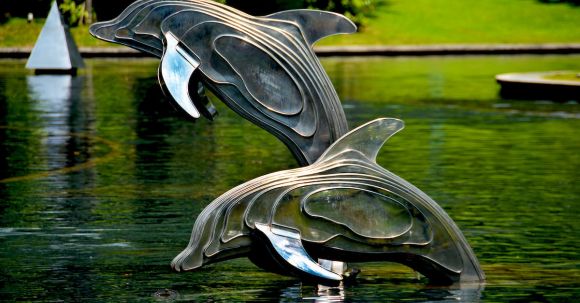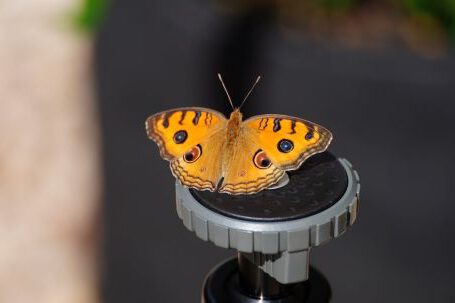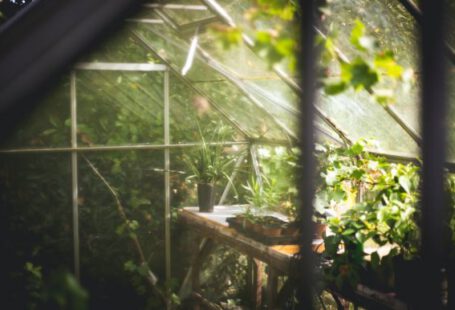Creating a garden pond can be a wonderful addition to any outdoor space. Not only does it bring a sense of tranquility and beauty, but it also provides a habitat for various aquatic plants and animals. Whether you have a small backyard or a large garden, designing a pond can be a rewarding and enjoyable project. In this article, we will explore the key considerations and steps involved in designing a garden pond.
Choosing the Right Location
The first step in designing a garden pond is selecting the right location. Ideally, the pond should be placed in an area that receives a good amount of sunlight, as this is essential for the growth of aquatic plants. Additionally, it is important to ensure that the location is not prone to flooding or standing water, as this can lead to water quality issues. Take into account the surrounding landscape and how the pond will fit into the overall design of your garden.
Determining the Size and Shape
The size and shape of your garden pond will largely depend on the available space and your personal preference. A small pond can be just as captivating as a larger one, so don’t be discouraged if you have limited space. Consider the balance of your garden and choose a size and shape that suits the overall design. Irregular shapes can create a more natural and organic look, while geometric shapes can add a modern and structured feel.
Installing the Pond Liner
Once you have determined the location, size, and shape of your pond, it is time to install the pond liner. There are various types of liners available, such as rubber or PVC, each with its own advantages and disadvantages. The liner should be carefully laid out and smoothed over the excavated area, ensuring that there are no wrinkles or folds. Be mindful of any sharp objects that may puncture the liner and consider using an underlay for added protection.
Adding Water and Filtration
After the liner is in place, it is time to fill the pond with water. Use a garden hose or a water pump to slowly fill the pond, taking care not to disturb the liner. Once the pond is filled, it is important to install a filtration system to maintain water quality. A biological filter can help remove excess nutrients and maintain a healthy balance for your aquatic plants and animals.
Choosing Aquatic Plants and Fish
Now that your pond is set up and the water is clear, it is time to choose the right aquatic plants and fish. Consider the climate and the amount of sunlight the pond receives when selecting plants. Water lilies, irises, and lotus are popular choices for their vibrant colors and ability to provide shade. When it comes to fish, koi and goldfish are common options, but be sure to research the specific needs and requirements of the fish you choose.
Maintaining and Enjoying Your Pond
Once your garden pond is complete, regular maintenance is essential to keep it healthy and thriving. This includes monitoring water quality, removing debris, and trimming plants as needed. Consider adding a fountain or waterfall to enhance the visual appeal and provide a soothing sound. With proper care and attention, your garden pond will become a cherished feature of your outdoor space, providing a peaceful sanctuary for both you and nature.
In conclusion, designing a garden pond can be a fulfilling and creative project. By carefully selecting the location, size, and shape, installing the pond liner, adding water and filtration, choosing aquatic plants and fish, and maintaining the pond, you can create a beautiful and tranquil oasis in your own backyard. So, roll up your sleeves and let your imagination flow as you embark on this exciting journey of designing your own garden pond.





